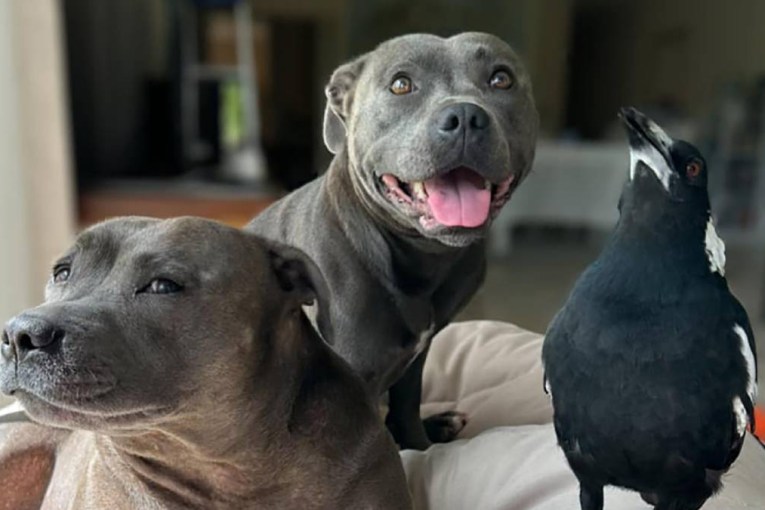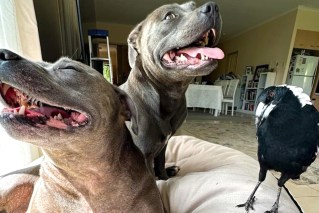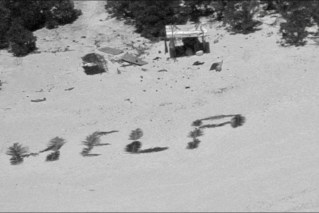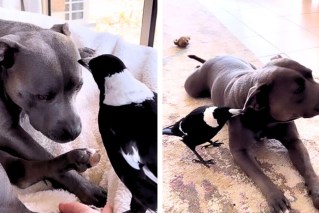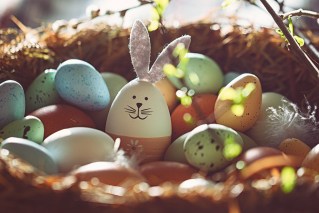These are the best wildlife photographs in the world right now
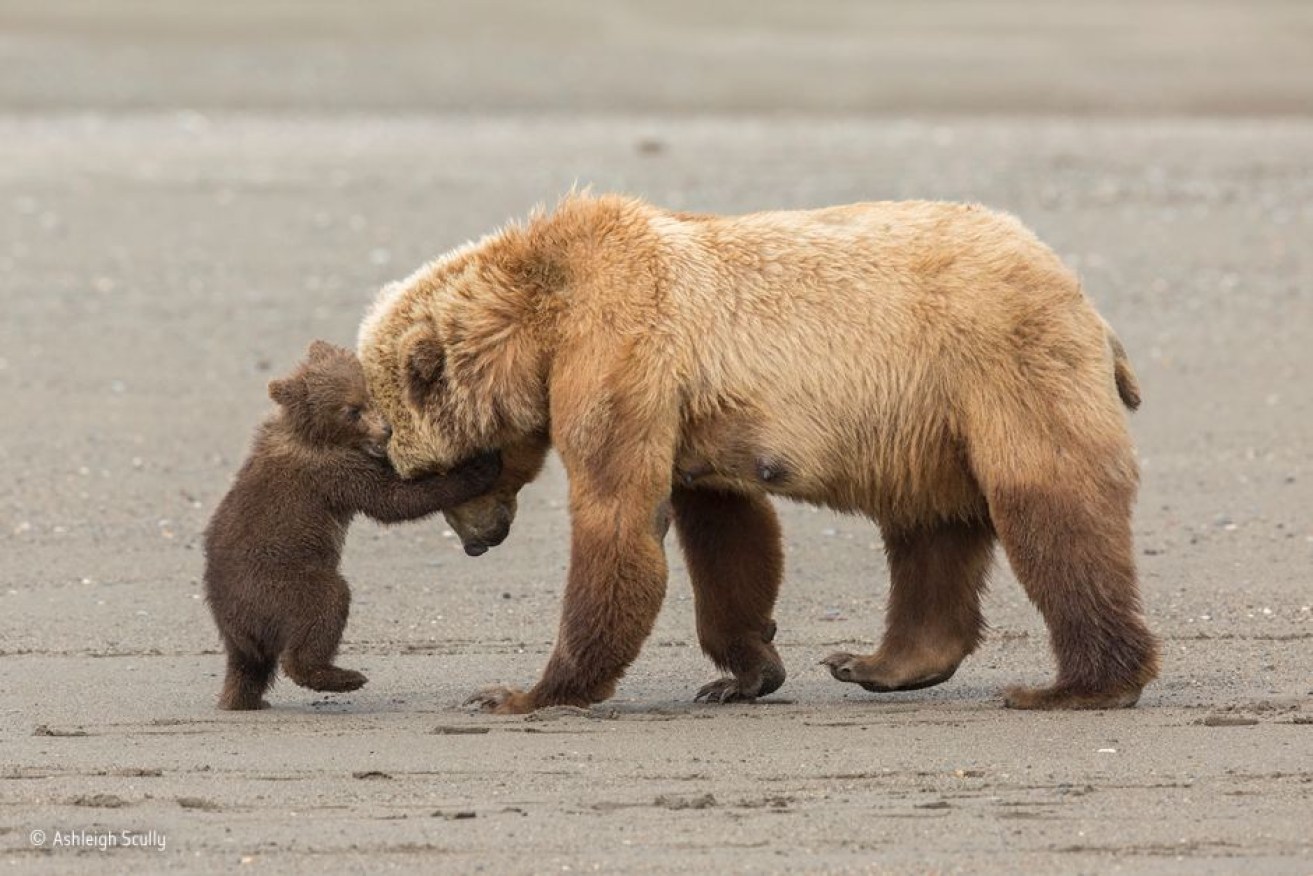
A playful brown bear cub attempts to wrestle its mother to the ground in Alaska. Photo: Wildlife Photographer of the Year: Ashleigh Scully
A playful bear cub attempts to wrestle its mother, a bedraggled eagle stares into the distance, and two seals frolic in crystal blue waters underneath Antarctic ice.
The beauty and wonder of the natural world is showcased in the finalist images for the Natural History Museum’s Wildlife Photographer of the Year competition, now in its 53rd year.
The photos were selected from more than 50,000 entries from 92 countries around the world, with two entrants making the cut at under 14 years of age.
“As we contemplate our critical role in Earth’s future, the images show the astonishing diversity of life on our planet and the crucial need to shape a more sustainable future,” the Museum said in a statement.
The winner of the competition will be announced on October 17.

A trio of clownfish — each with a parasitic isopod inside their mouths — peep out from their protective anemone. Photo: Wildlife Photographer of the Year: Qing Lin
While diving in the Lembeh Strait in North Sulawesi, Indonesia, photographer Qing noticed something strange about these clownfish while taking their picture.
Each anemonefish had an extra pair of eyes inside its mouth – those of a parasitic isopod.
An isopod enters a fish as a larva via its gills, moves to the fish’s mouth and attaches with its legs to the base of the tongue, where it sucks the host’s blood.
After a time, the tongue withers, leaving the isopod attached in its place, where it may remain for several years.

An Arctic fox carries its trophy from a successful raid on a snow goose nest, looking for a suitable burial spot. Photo: Wildlife Photographer of the Year: Sergey Gorshkov
Although snow geese defend their nests, a fox may still manage to steal up to 40 eggs a day, harassing the geese until there is a chance to nip in and grab an egg.
Most of the eggs are then buried in shallow holes in the tundra, where the soil stays as cold as a refrigerator.
These eggs will remain edible long after the brief Arctic summer is over, and when the new generation of young foxes begins to explore, they too will benefit from the eggs.

A bald eagle, soaked to the skin after days of constant rain in Alaska, stares at the photographer while looking for food. Photo: Wildlife Photographer of the Year: Klaus Nigge
At Dutch Harbor on Amaknak Island in Alaska, USA, bald eagles gather to take advantage of the fishing industry’s leftovers, and are used to people.
Photographer Klaus lay on his stomach near the eagles, letting them become accustomed to his presence.
Then, as one particular eagle edged closer, he lowered his head to avoid direct eye contact and took the photo.

An elusive lynx looks out from behind a bush in Spain. Photo: Wildlife Photographer of the Year: Laura Albiac Vilas
The Iberian lynx can be a tricky cat to find, existing only in two small populations in southern Spain.
Photographer Laura’s family travelled to the Sierra de Andujar Natural Park in search of the lynx – and struck it lucky on their second day.
“The animals’ attitude surprised me,” said Laura.
“They weren’t scared of people – they simply ignored us. I felt so emotional to be so close to them.”

A resplendent quetzal delivers fruit to its chicks in a tree in a Costa Rican cloud forest. Photo: Wildlife Photographer of the Year: Tyohar Kastiel
The photographer watched a pair of resplendent quetzals from dawn to dusk for more than a week, sitting in the same place and wearing the same jacket so the birds would become accustomed to his presence.
The birds usually nest in thicker forest, but this pair had picked a tree in a partly logged area in the Costa Rican cloud forest of San Gerardo de Dota.

Tiny mating sea angels dance in the darkness of the Sea of Okhotsk in the Russian Far East. Photo: Wildlife Photographer of the Year: Andrey Narchuk
Photographer Andrey’s intention was initially to photograph salmon in the cold sea in Russia, but when he jumped into the water, he found himself surrounded by thousands of sea angels.
Sea angels are molluscs related to slugs and snails, without shells and with wing-like lobes used as paddles.
Each individual is both male and female, and here they are getting ready to insert their copulatory organs into each other to transfer sperm in synchrony.

Saguaro cacti command the landscape in Arizona’s Sonoran Desert National Monument. Photo: Wildlife Photographer of the Year: Jack Dykinga
Saguaro cacti can grow up to more than 12 metres tall, and live for 200 years – but they are slow-growing, and sprout upwardly curving branches as they mature.
Most water is stored in sponge-like tissue, defended by spines and a tough skin.
The surface pleats expand like accordions as the cactus swells with water, its growing weight supported by woody ribs running along the folds.

A Sumatran tiger cub will spend the rest of its life in a cage in a Javan zoo after its leg had to be amputated after being mangled by a snare. Photo: Wildlife Photographer of the Year: Steve Winter
The back leg of this tiger had to be amputated after it was mangled in a snare in a rainforest in Aceh Province in Sumatra.
The snare was likely set by oil-palm plantation workers, trying to catch bushmeat.
The cub will likely spend the rest of its life in a cage in a Javan zoo – the population of these tigers, as a subspecies, is as low as 400-500.

A seahorse grabs on to a waterlogged plastic cottonbud in the sea off Indonesia. Photo: Wildlife Photographer of the Year: Justin Hofman
Seahorses ride currents by grabbing floating objects like seaweed with their tails, and can “hop” from bits of debris to another.
As the tide came in near Sumbawa Island, the water contained more bits of plastic and sewage sludge, and this seahorse attached itself to a cottonbud.
Not having a macro lens for the shot ended up being fortuitous, photographer Justin said, both because of the strengthening current and because he decided to frame the whole scene, sewage bits and all.

A mother and seal pup explore the icy waters of Antarctica, unbothered by the photographer’s presence. Photo: Wildlife Photographer of the Year: Laurent Ballesta
Photographer Laurent discovered this pair of Weddell seals underneath the ice in Antarctica, with the mother introducing her pup to the cold water.
“They looked so at ease, where I felt so inappropriate,’ said Laurent.
Adult seals are skilled divers, reaching depths of more than 600 metres and submerging for up to 82 minutes.

The matriarch of an elephant herd in Kenya stares at the photographer as the sun sets. Photo: Wildlife Photographer of the Year: David Lloyd
Photographer David waited at dusk in Kenya to watch a group of elephants ambling on their evening trek to the waterhole, with the setting sun casting the wrinkles and folds of their skin in sharp relief.
The female leading the herd – likely the matriarch – looked straight at him, her eye glowing amber in the folds of skin.
Her gaze was full of respect and intelligence, he said.

A red squirrel takes a breath while foraging for food in a wintry southern Sweden. Photo: Wildlife Photographer of the Year: Mats Andersson
Red squirrels do not hibernate during winter in Sweden, instead having to forage for food.
Though their mainly vegetarian diet is varied, their winter survival is linked to a good crop of spruce cones, and they favour woodland with conifers.
They also store food to help see them through lean times.
